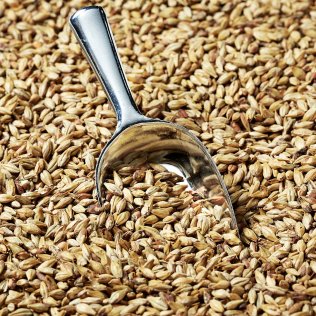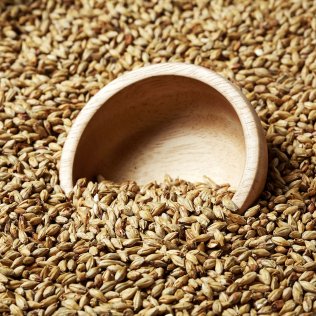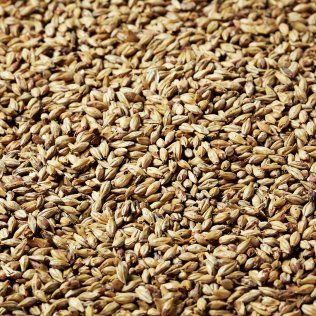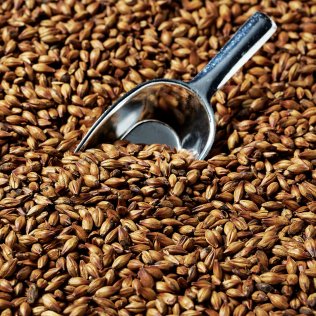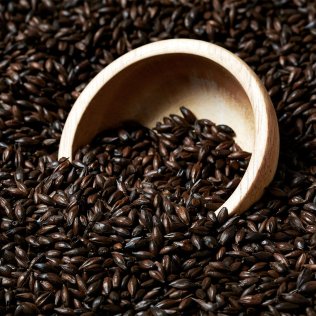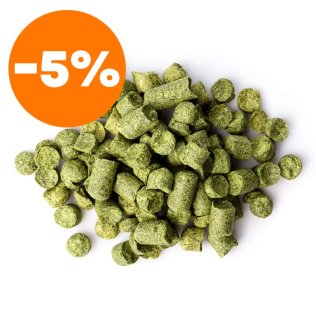Recipe: Christmas beer

Grain bill
The majority of your grist should be an Ale style malt, with a possilbe addition of a darker base malt for some extra body. We wanted the sweetness of Melany, complemented by a darker caramel malt. Feel free to replace them by a mid-dark caramel malt. For the colour and roasty flavourwe add some roasted barley. We recommend a single step mash at the higher end (70⁰C / 178⁰F) to have some residual sugars. Many brewers add flavorful sugars as well, like honey, molasses, candy sugar, brown sugar, maple syrup, etc.
Variety | Quantity | Quantity | Colour EBC | Colour ºL | Ratio |
|---|---|---|---|---|---|
4 kg | 7.5 lb | 7 | 2.6 | 64% | |
1 kg | 1.1 lb | 4 | 1.5 | 16% | |
0.3 kg | 1.1 lb | 3 | 1.1 | 5% | |
0.3 kg | 0.66 lb | 100 | 38 | 5% | |
0.15 kg | 0.66 lb | 1100 | 415 | 2% | |
0.5 kg | 0.22 lb | 8% |
Hops and spices
Variety | Quantity | Quantity | Duration | Alpha acid | IBU |
|---|---|---|---|---|---|
28 g | 1 oz | 60 min. | 7.5% | 26 |
Hops are primarily for bittering. We advise traditional English varieties or noble hops. There is no Christmas beer without seasonal spices, most often allspice, nutmeg, cinnamon, cloves, ginger or orange peels, but any mixture is possible. Feel free to experiment. We recommend to add them 5-10 minutes before the flame out.
Yeast
Although some dark strong lagers exist in this style, an ale yeast can enhance the fruity, sweet aromas and spices much more. We would recommend to use a Belgian style yeast. In order to increase estery fruitiness, keep temperature above 22°C / 72°F. Stronger beers may need to be aged for months or even years.
Dry examples: Fermentis Safale T-58 or Mangrove Jack M47 Belgian Abbey.
Liquid examples: Whitelabs WLP002 English Ale or Wyeast 1214 Belgian Abbey.
Results
Batch size: 19 L / 5 gallon
Efficiency: 75%
Original gravity: 1072
Final gravity: 1015
Colour EBC: 51
Colour Lovibond: 20
IBU: 26
ABV %: 7.5
Carbonation: 2.4
pH: 5.1
Appearance: Deep brown colour, with creamy foam.
Taste profile: Sweet maltiness, with seasonal spices.
Food pairing: Desserts and spicy meals.

